GANGS OF NEW YORK Explained: The Birth Of A Nation
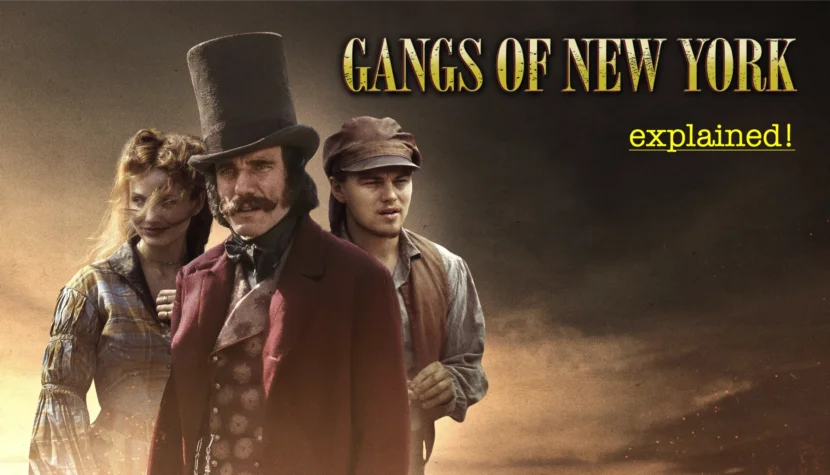
…of the interpenetration of the sacred and the profane—a theme consistently present in the director’s films. This time, it’s conveyed in a story about 19th-century New York, transformed into a kind of intellectual-visual ornament. Since Mean Streets, Scorsese has been relentlessly exploring the problem of the coexistence of sin and redemption, good and evil, Christian morality taught in homes and churches, and the animalistic anti-morality guiding the actions of the characters populating the “mean streets.”
Gangs of New York begin like this. In gloomy, dimly lit undergrounds, a little boy and a man (Liam Neeson) have a conversation. The boy receives a medallion from the man with the image of Saint Michael, who—according to the boy’s words—”drove Satan out of heaven.” The man fastens a saber to his belt, grabs an iron Celtic cross, and holding the boy’s hand, strides boldly through tunnels where a group of wild-looking men and women, as if straight out of Mel Gibson’s Braveheart, are preparing for battle—sharpening swords, cleavers, and knives, fastening spikes and iron knobs, and putting on helmets and hoods. The armed group reaches a door. The gates open, and these medieval-looking, fully armed people emerge onto… a New York street in the year 1848, where another similarly armed group of people awaits them, ready for battle.
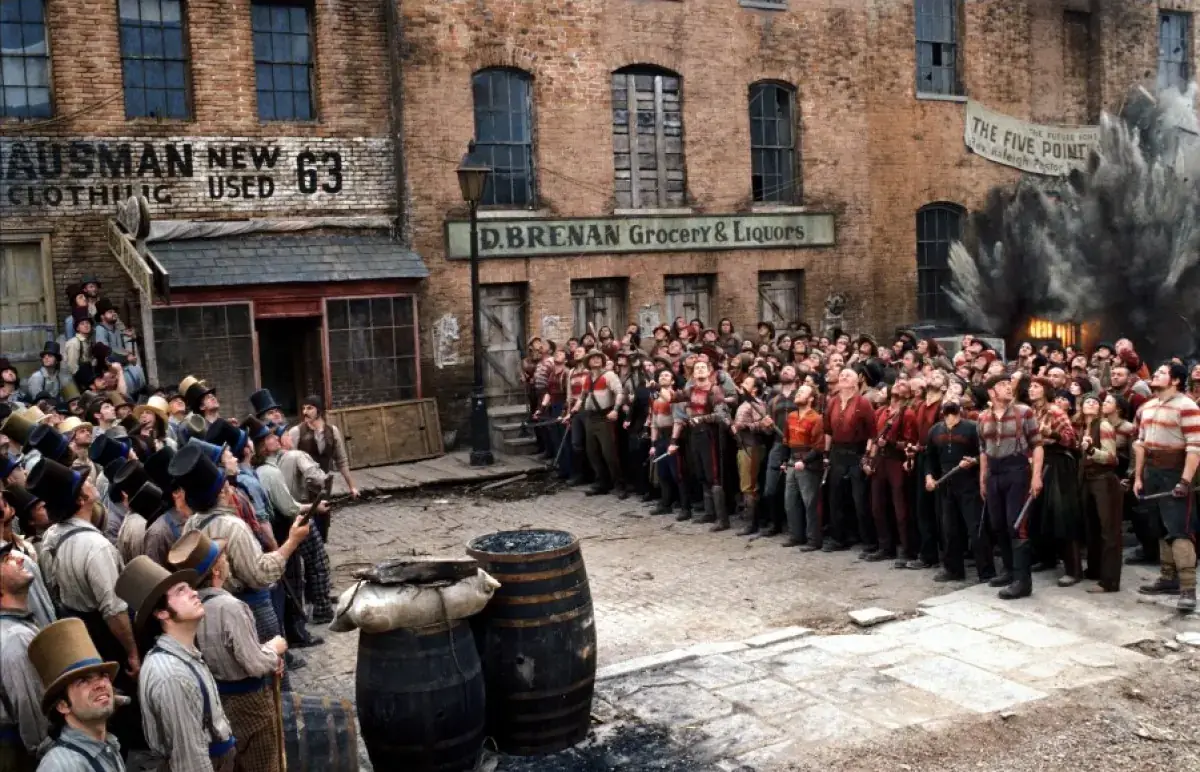
The man with the boy at his side is “Priest” Vallon (Liam Neeson)—the leader of a group of Irish Catholic immigrants who have come to America, and the boy is his son, Amsterdam Vallon (as a child—Cian McCormack, as a young man—Leonardo DiCaprio). The leader of the second armed group is a Protestant—Bill “The Butcher” Cutting—a sadistic gangster who rules the Five Points district, imposing his laws on the newly arrived immigrants. A battle ensues. Vallon is fatally stabbed by Bill and dies before his son’s eyes. The boy vows revenge on the brutal killer. Years later, after being raised in a Protestant orphanage, Amsterdam Vallon returns to the Five Points, where Bill “The Butcher” now rules the area, commands respect from local politicians, and everyone pays him tribute. The young avenger plans to infiltrate Bill’s ranks to exact his revenge…
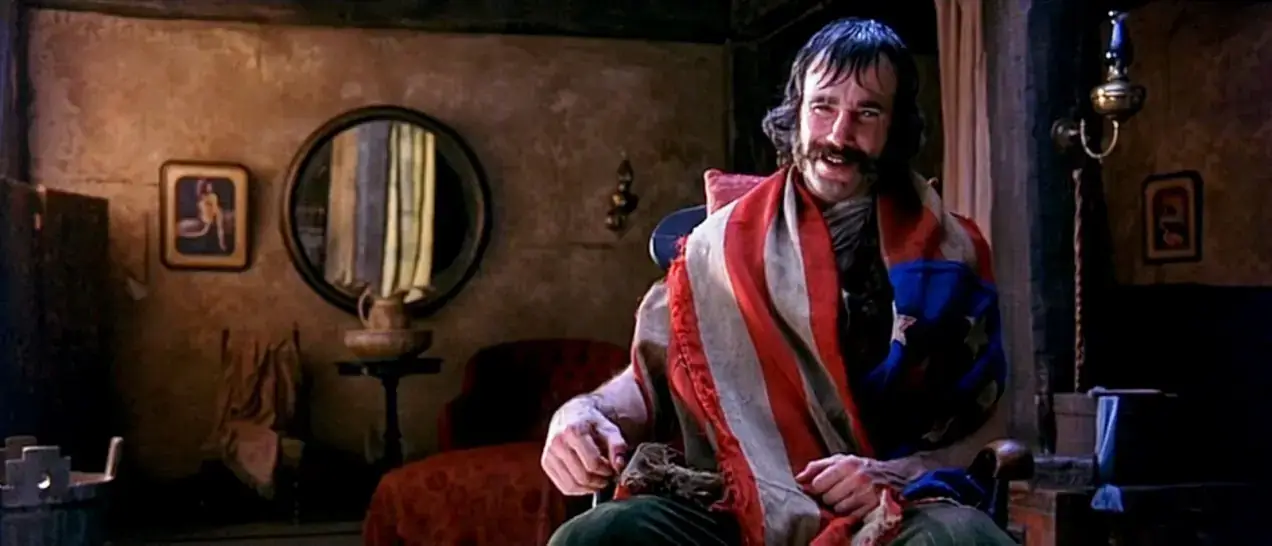
Martin Scorsese’s film is, above all, a living classic of cinema woven from quotations from the greatest works of world cinematography. Here we have Griffith and Eisenstein, John Ford, Italian neorealism, and Federico Fellini (mentioning the most important, as there are references to other luminaries of cinema, like Visconti, Peckinpah, and Ophüls). The colorful, Dickensian panorama of the Irish community living in the Five Points is Griffith in stereo and color. The sequences of street riots, where the army fires on demonstrators, are clearly Eisenstein from Strike and October. There’s even a stone lion poised to pounce from Battleship Potemkin, appearing when a frenzied crowd of immigrants protesting against the general draft (with the Civil War as the historical backdrop for the events in the film) attacks the home of a New York senator (David Hemmings). From John Ford, we have the mythical dimension of the entire story, epic scope, and the spectacular knife duels between gangsters, reminiscent of Wild West gunfights. From neorealism, Scorsese undoubtedly drew street verism imbued with melodrama, while from Fellini, there is the image of an elephant from P.J. Barnum’s circus, destroyed in the riots, running past a row of gangsters ready for street warfare. And what will most please Polish cinema enthusiasts is that Scorsese directly quotes Andrzej Wajda, this time from The Promised Land (in his previous film Bringing Out the Dead, the master borrowed the fireworks from Ashes and Diamonds). You surely remember the scene of prayer between a Jew, a Pole, and a German from the opening of The Promised Land…
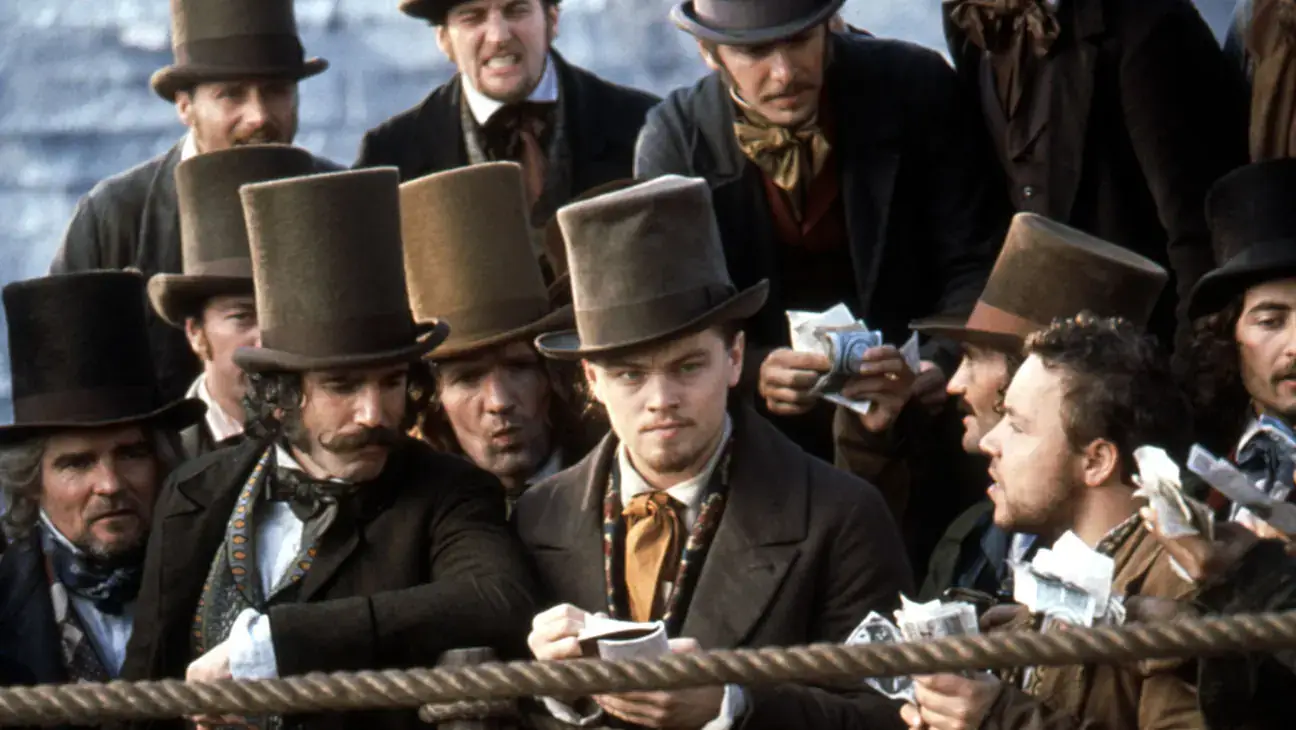
Well, the bloody final sequence depicting the street massacre and the decisive showdown between young Vallon and Cutting is preceded by a prayer sequence composed of three parallel scenes: Bill (calling upon the Creator in a stern Protestant style), DiCaprio (praying in the spirit of pre-Vatican II Catholicism), and the senator (Hemmings) praising the goodness and gentleness of the Almighty in his wealth. Scorsese, whom Coppola called the greatest film enthusiast among directors and the greatest director among film enthusiasts, creates an extraordinarily fresh whole from elements of the beloved classics of cinema, whose epic scale elevates this bloody tale of the birth of New York and, to some extent, the entire American nation, to the heights of cinematic epic in the style of Griffith’s The Birth of a Nation. However, what’s most interesting is that in Gangs of New York, we do not find the pompous bombast so characteristic of great cinematic frescoes. Moreover, unlike most works on the fates of individuals within the history of the American nation, the tone of Scorsese’s work is rather pessimistic.
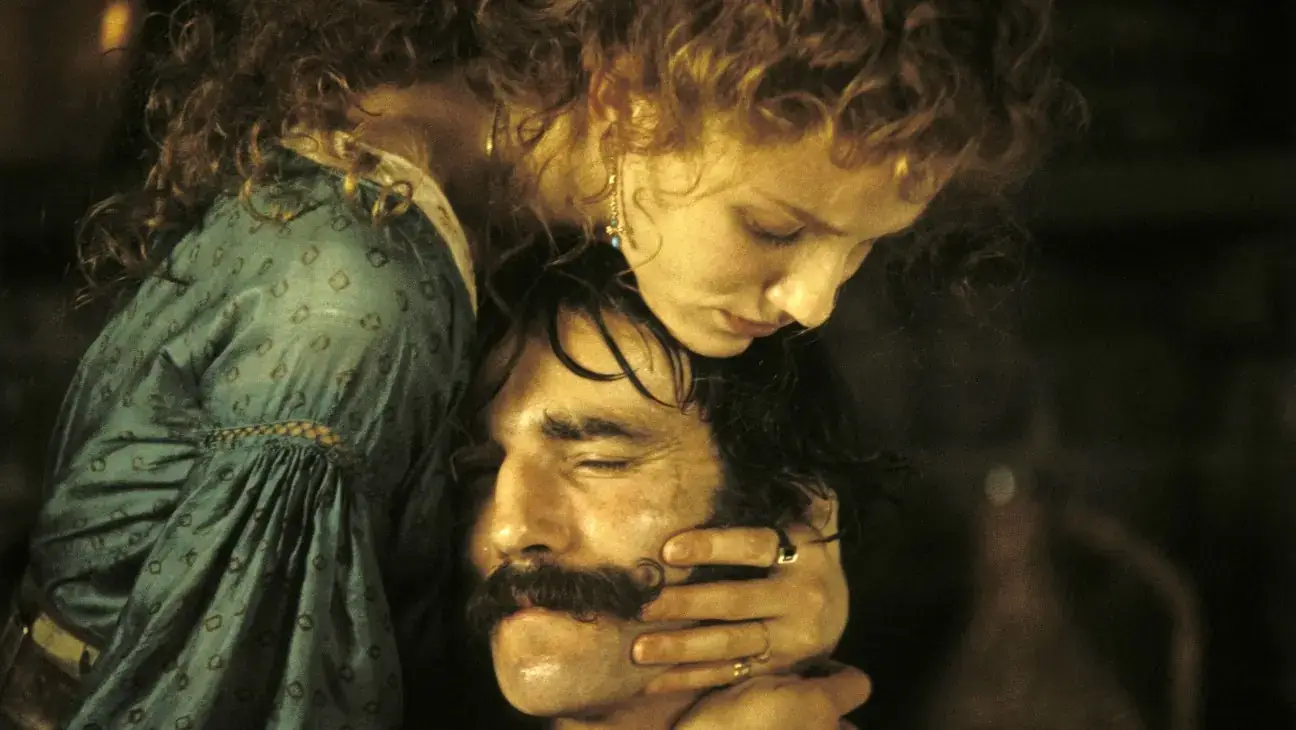
The director clearly shows that the American “melting pot” did not fuse in a spirit of solidarity and labor, but in the fire of military cannons and rifles cutting down the protesting crowd of immigrants. This is perfectly illustrated in the film’s final scene, where in the center of the Five Points district, two warring armies of Irishmen meet to settle their scores according to the laws brought from the Old World, while navy ships docked in the harbor open fire, disrupting the gangsters’ ranks and leveling the surrounding buildings. The Old World and its laws are obliterated to make way for the new world. However, this apocalypse is superficial. Scorsese knows well, and shows in his film, that ethnic and religious divisions will never disappear—they will create a latent second world—unseen at first glance, but ruthlessly governing the lives of immigrants arriving in America, whether in the 19th, 20th, or 21st centuries. Gangsterism, the ruthless struggle for power, the law of revenge, bloody vendettas—these will undoubtedly remain as an inseparable element of the metropolitan universe (as evidenced by Scorsese’s contemporary gangster films, which are, in fact, a testament to the efficient functioning of this “second world”). Everything will change, and nothing will change, says Jane in the scene preceding the bloody finale.
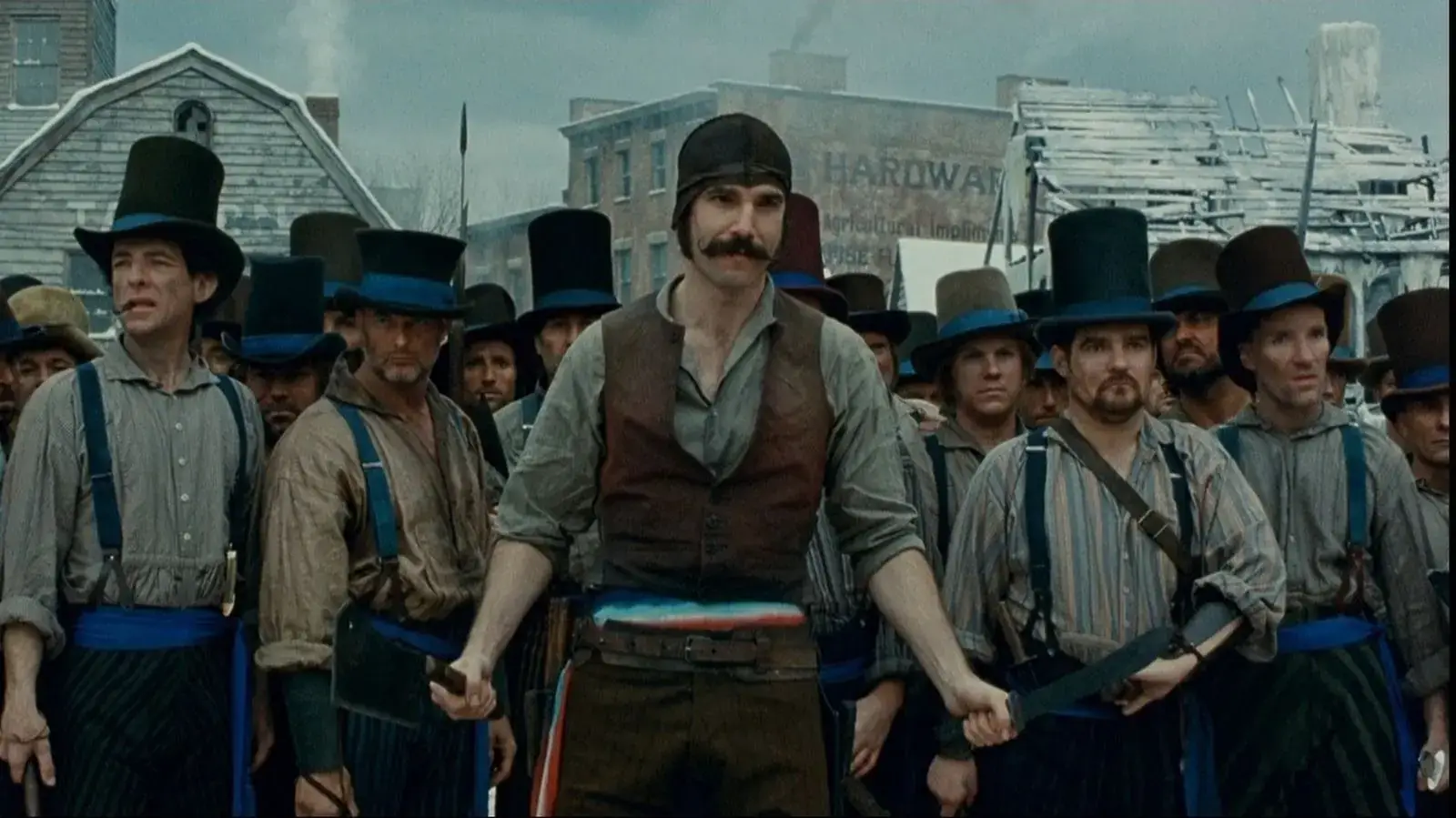
The theme of “the birth of a nation,” which underpins the plot of Gangs of New York, clearly corresponds with the motif of the interpenetration of the sacred and the profane—a theme consistently present in the director’s films. This time, it’s conveyed in a story about 19th-century New York, transformed into a kind of intellectual-visual ornament. Since Mean Streets, Scorsese has been relentlessly exploring the problem of the coexistence of sin and redemption, good and evil, Christian morality taught in homes and churches, and the animalistic anti-morality guiding the actions of the characters populating the “mean streets.” In Gangs of New York, this theme is clearly distilled and transformed into a series of memorable images, captured in vivid colors by Michael Ballhaus’ camera—for example, in the scene where Amsterdam, in a Catholic church, murders his would-be assassin while standing beneath a giant crucifix hanging on the wall, or in the aforementioned sequence of prayers by the three antagonists. However, Scorsese is not, as many might want to believe, a venomous critic of Christian hypocrisy; on the contrary, the creator of The Last Temptation of Christ tries to show the paradoxes governing human life, especially the life of a person raised in the Catholic faith, torn between the law of faith and the law of the street. In this way, the American director restores the dimension of ancient tragedy to human existence, where every choice brings some conflict, yet (in a way echoing Catholic theology) ultimately leads to some form of salvation, even if, as in Gangs of New York, it is the release from the demons of revenge mercilessly consuming the soul.
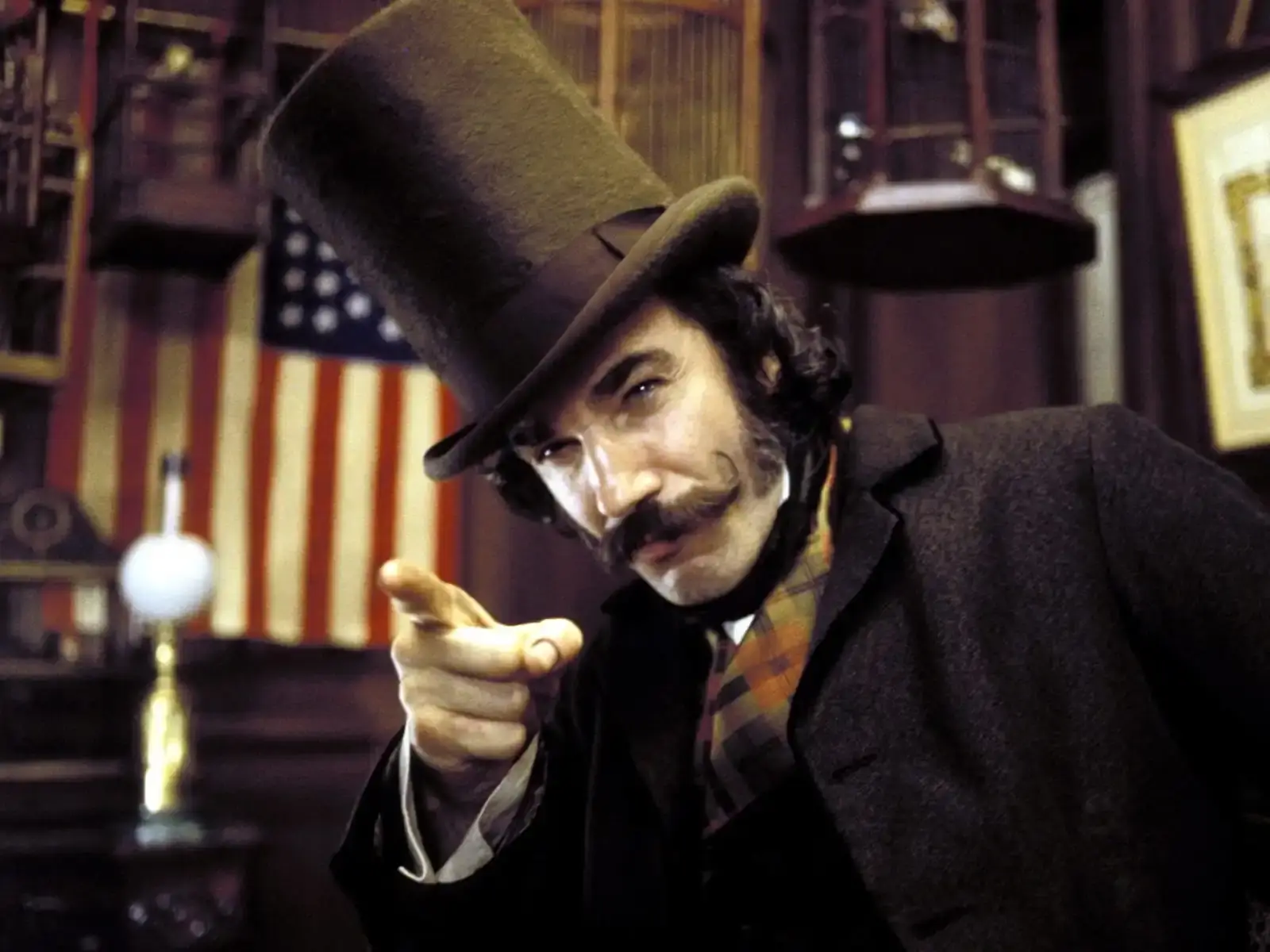
The epic scope of Scorsese’s work also allows the director to explore social paradoxes and the mechanisms affecting individuals—a theme previously absent from his films (although it was somewhat present in The Age of Innocence, it was more focused on social mores than politics). In one masterful scene from Gangs of New York, captured in a massive tracking shot, Scorsese, with biting irony, showcases the social engagement of newly arrived immigrants in what Abraham Lincoln referred to as “the great work of war.” A group of newcomers from Europe descends the gangplank to the dock, where the men receive documents certifying their American citizenship and draft papers for the army. Another group is already changing into uniforms. Yet another group boards a military ship, transporting soldiers to the front. From the same ship, a crane unloads coffins of fallen soldiers, arranging them neatly on the shore. This scene, like the film’s violent finale, brings Gangs of New York closer to Michael Cimino’s famous Heaven’s Gate, which also depicted the hardships of immigrants coming to America. However, despite the historical and social pessimism that characterizes Gangs of New York, Scorsese’s film remains, to some extent, a magnificent adventure story, possessing the realism and dimension of an American legend.
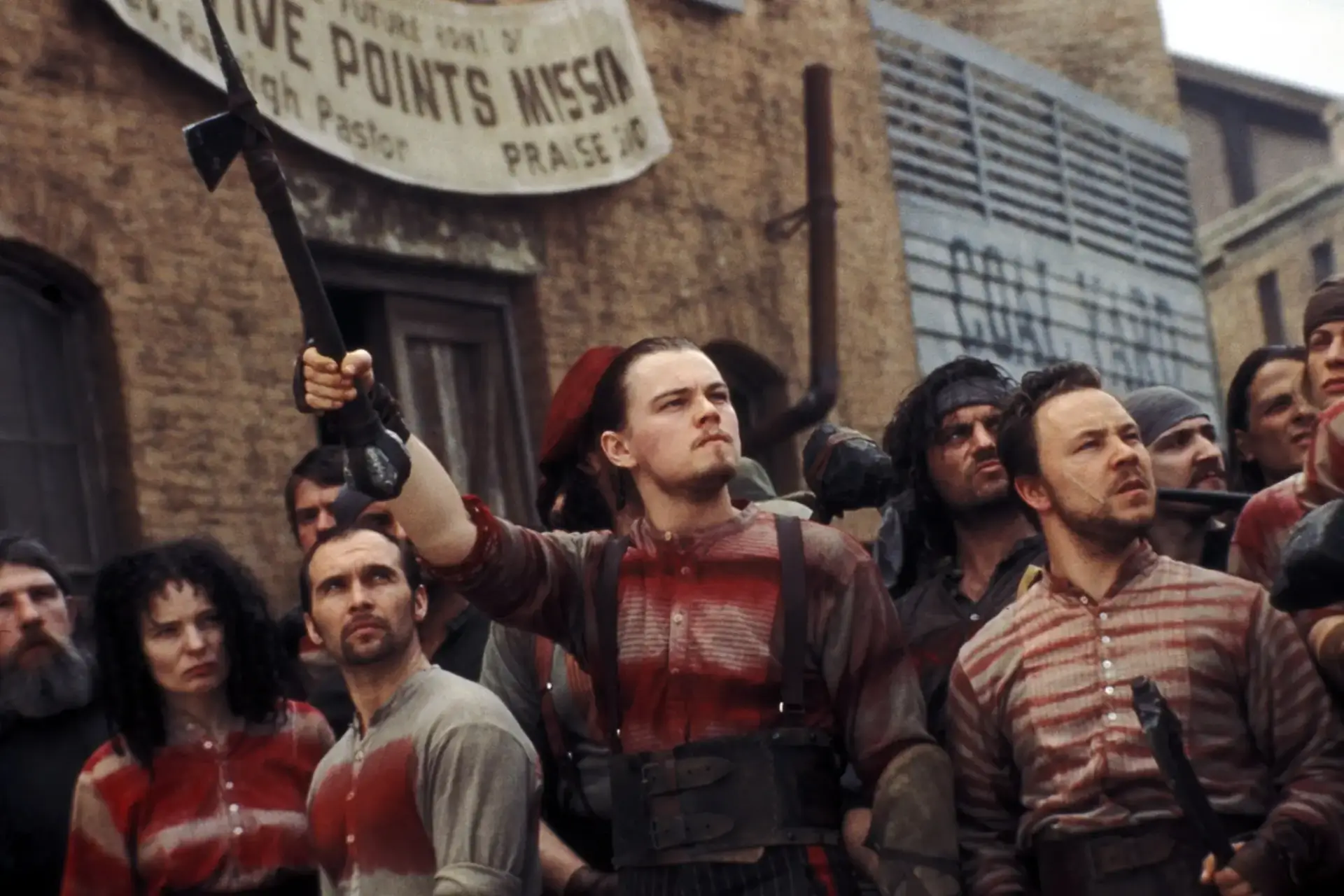
Paradoxically, this most American of films by the Taxi Driver director is also his most European. Shot almost entirely in Europe (in Milan and at Cinecitta Studios), with the assistance of an Italian crew (for instance, the set design was handled by Fellini’s renowned set designer, Dante Ferretti, and the film’s producer was the great Alberto Grimaldi), and filled with references to Italian film classics (which Scorsese dedicated his over three-hour documentary My Voyage to Italy in 1999), Gangs of New York serves as a return for Scorsese—both as an artist and to his ethnic and artistic roots. At the same time, it is proof of the symbiosis between the American film industry and European art cinema—a once-common phenomenon, now a rarity among producers.
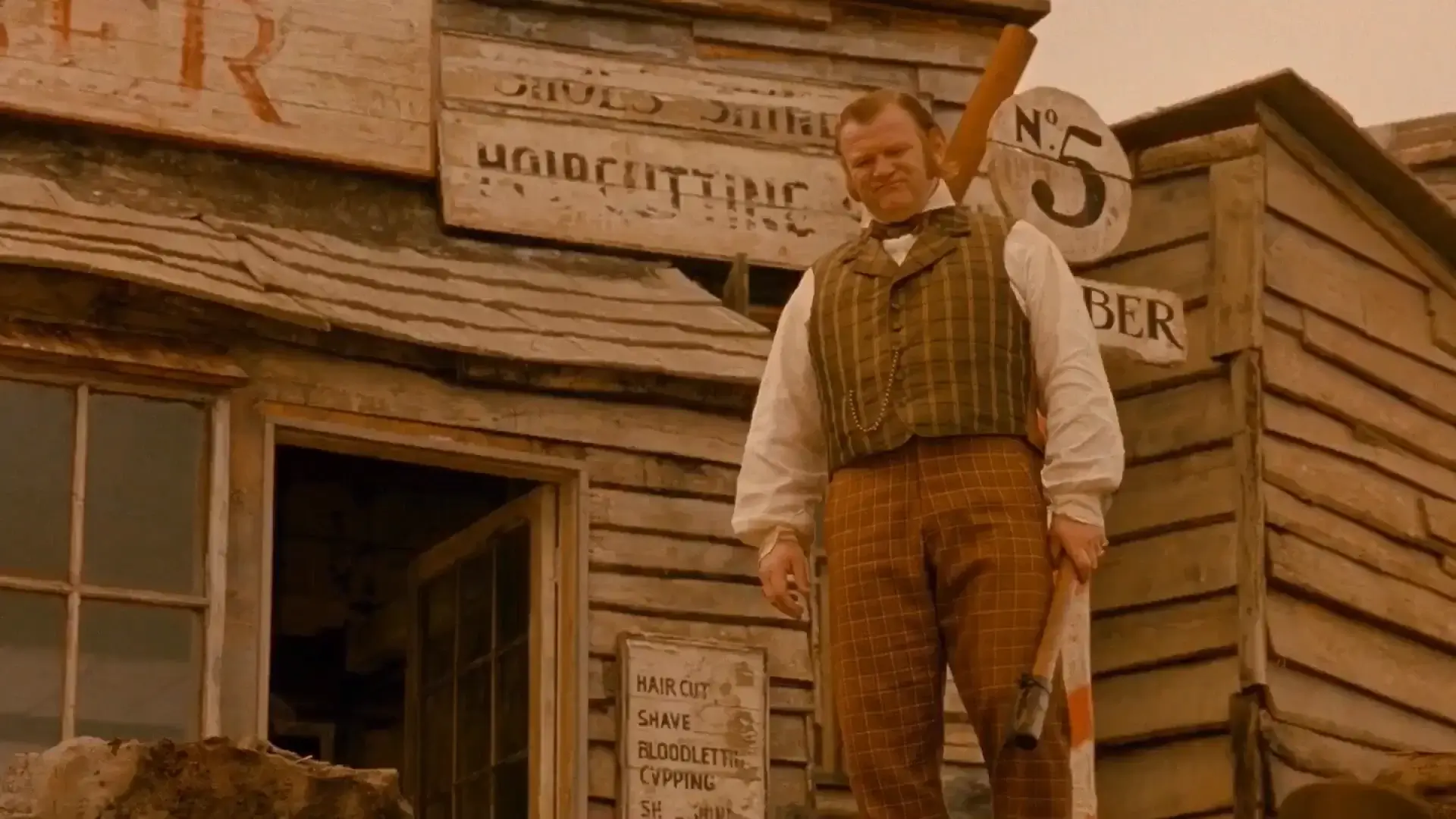
The film’s acting is anchored by Daniel Day-Lewis’s performance, which was nominated for a Golden Globe. His portrayal of Bill the Butcher is monumental, on par with the greatest performances of Marlon Brando. Good and evil coexist in his sadistic yet golden-hearted character—a murderer and father who can be gentle and merciful one moment and cruel as a beast the next. He is the Satan fought by Saint Michael, a character that is both exaggerated and true. Just as Scorsese managed to fuse fantasy and brutal realism in his film, Day-Lewis combines an exhibitionist, psychological realism with a nearly comic-book-like exaggeration. In one of the most emotionally charged scenes depicting Amsterdam’s failed assassination attempt on Bill, Lewis is simultaneously a caricature of a gunslinger from spaghetti westerns and a man torn by passions.
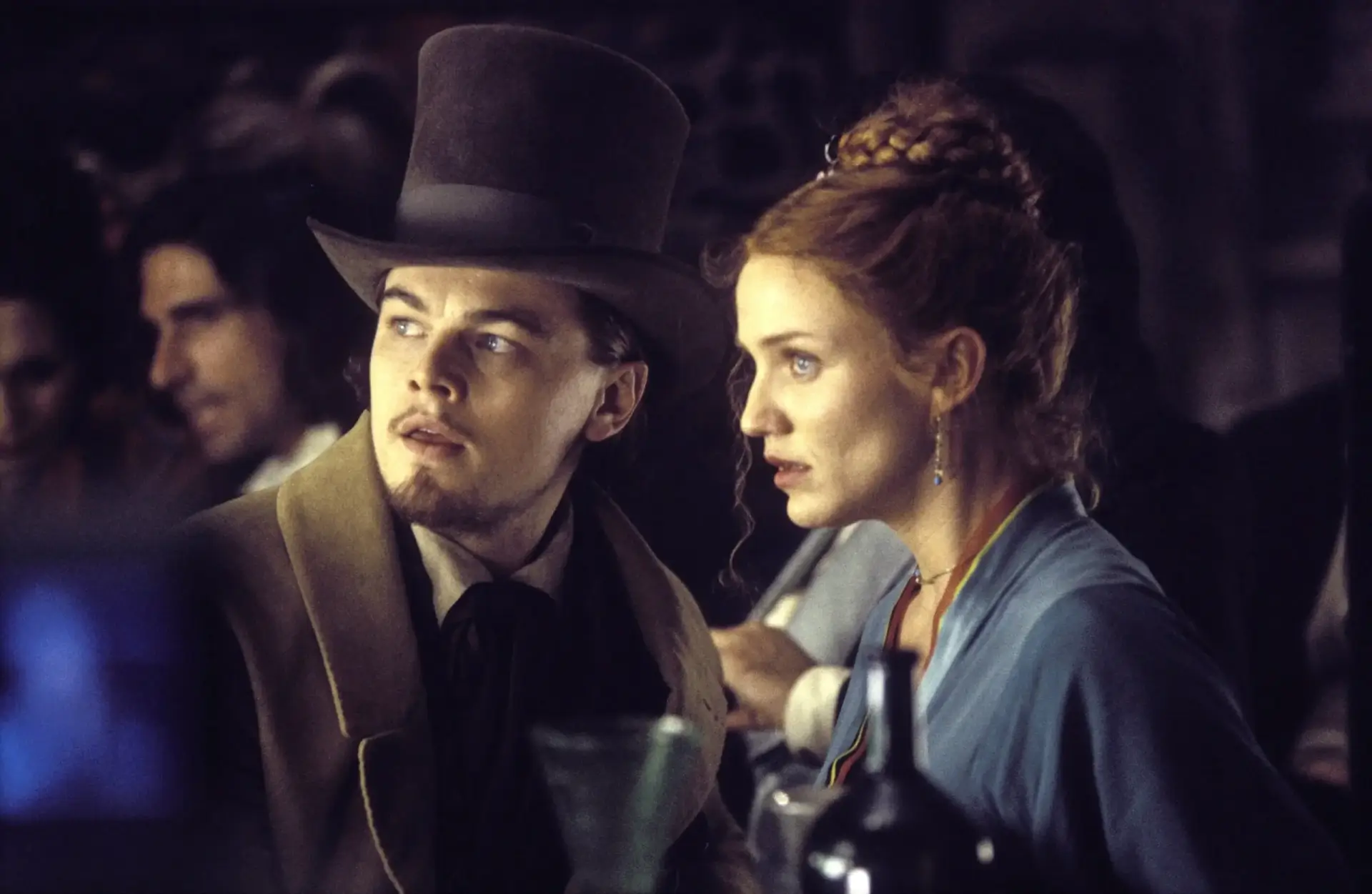
So, can Scorsese’s epic, thrilling, realistic, yet fairy-tale-like film be called a masterpiece? Certainly, though to complete the picture, one more issue must be mentioned, which becomes evident while watching this tale of revenge in New York. It is clear that Scorsese made some compromises with the film’s producers, especially regarding the depiction of violent scenes. In fact, the disputes and wrangling between Scorsese and the heads of Miramax over the final shape of the film could easily be the subject of a separate, very extensive article. Suffice it to say, after the final cut, the director added a love scene between DiCaprio and Diaz, which ultimately did not make it into the final version of the film, and also had to forgo Elmer Bernstein’s pompous music, which the studio refused to pay for.

The result of these compromises is primarily a toned-down treatment of the violent scenes. The censorship of almost all the bloody sequences in the film is clearly noticeable. The most intense scene—the opening battle in Gangs of New York—was surely filmed with maximum, bloody realism à la Gladiator (a style Scorsese excels at, treating film as the equivalent of a bloody biblical story containing an element of violence that, unlike many contemporary films, leads to something more than just sadistic voyeuristic pleasure). On screen, however, the battle sequence is toned down, sparing the audience the bloody episodes, which strips the initial clash of the cruelty it should exude (after all, we are dealing with Celtic barbarism in 19th-century settings).
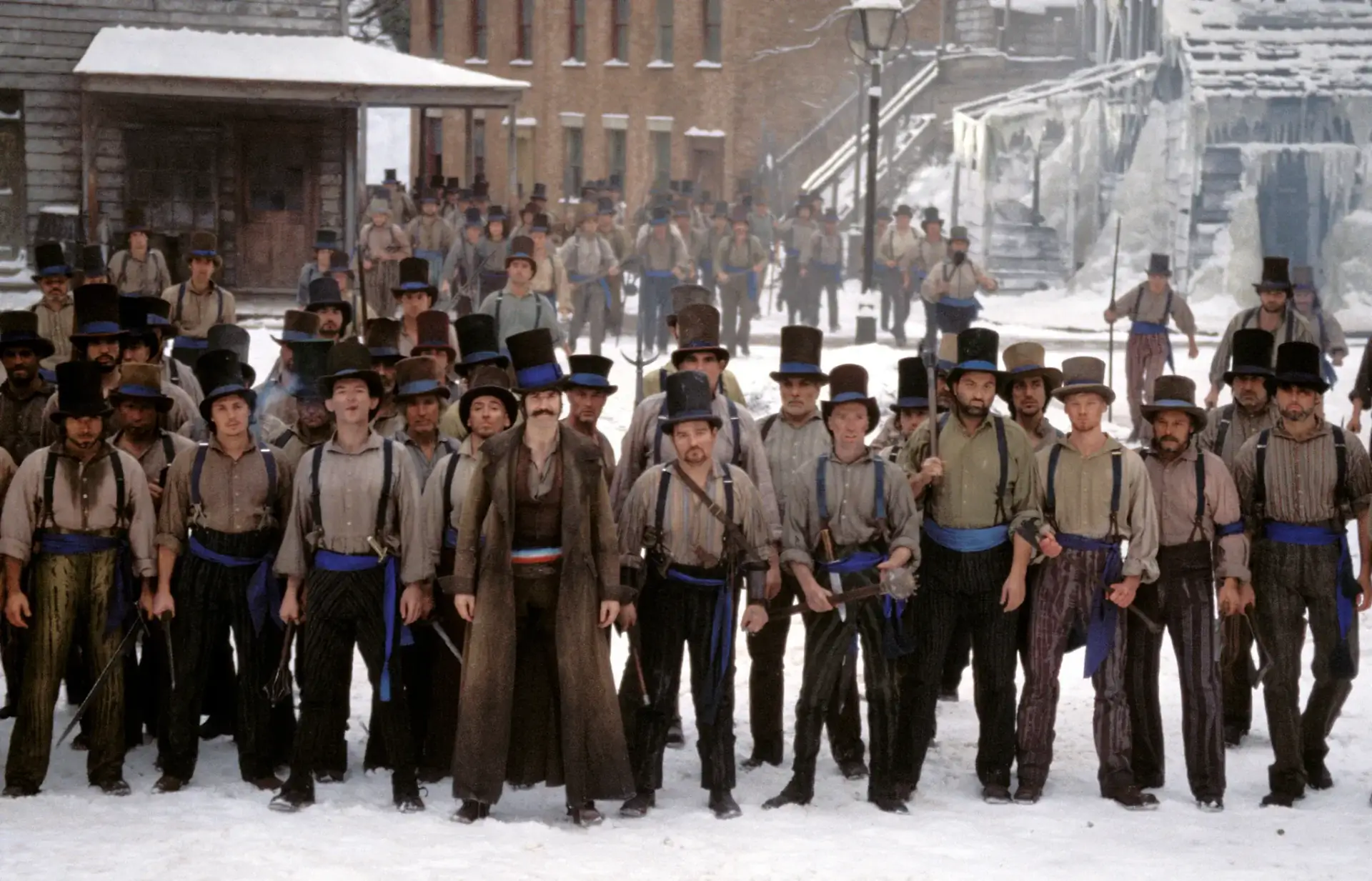
Anyone who has had the dubious pleasure of watching an action film on German television knows what brutal scenes look like after censorship (visible only as blurred movement in slow motion). The violence in the prologue of Gangs of New York is similarly toned down. Later on, Scorsese’s “touch” returns, and at least in the second, more dynamic half of the film, we once again witness strong, realistic cinema. However, even here, it is clear that the director holds back from fully exposing the violence. What is the effect of this strategy, likely resulting not from the director’s restraint but from pressure from producers seeking to attract the largest possible audience (the first version of Gangs of New York was over three hours long; the final version we see runs 168 minutes)?
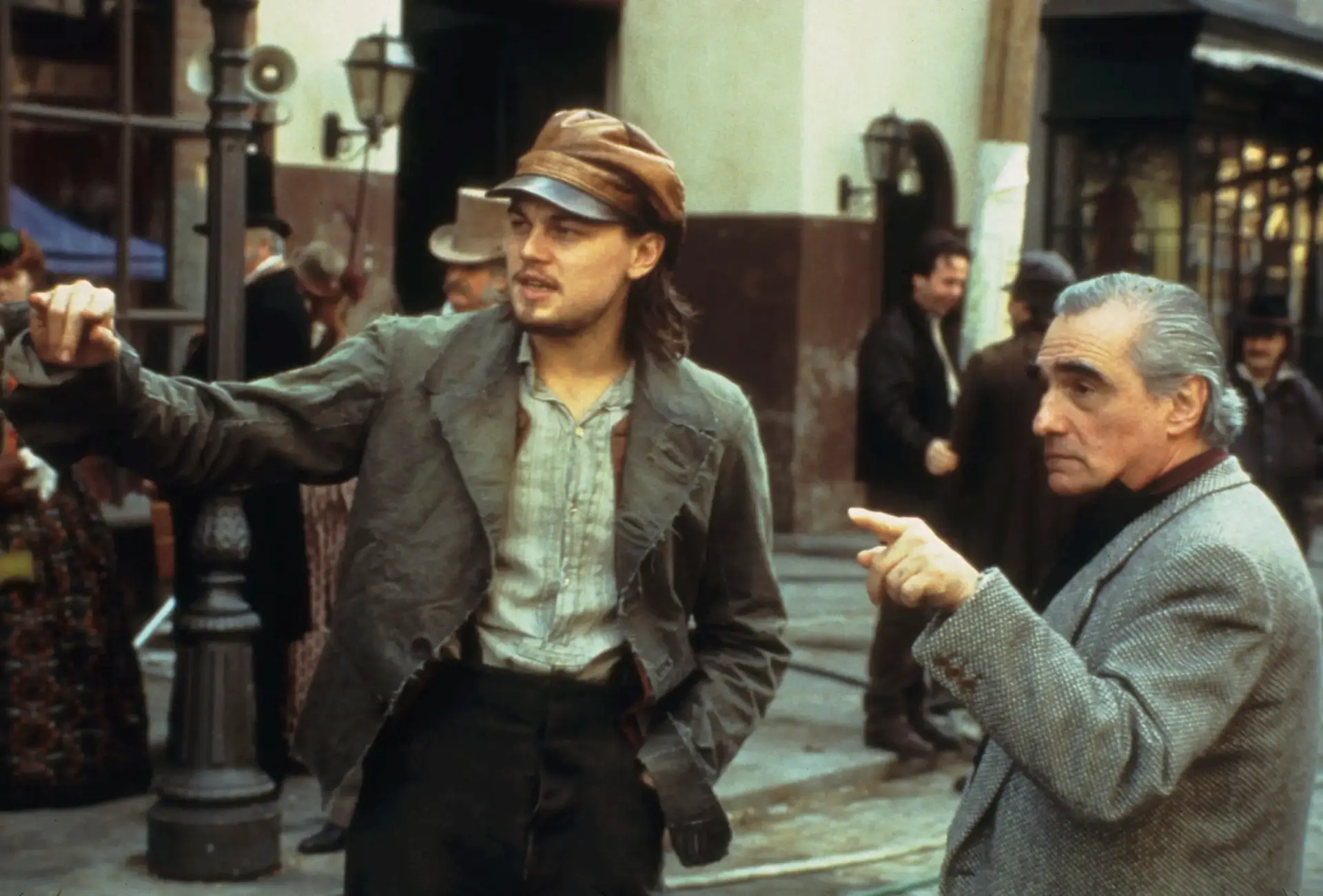
Scorsese’s cinematic vision is engaging and convincing, but it lacks what I would call the touch of the real street, the “meat” that filled the director’s earlier films. Gangs of New York, in the end, is primarily a breathtakingly beautiful and violent legend (though with a realistic socio-historical background), adapted for mass audiences. And the fact that this audience didn’t turn up (with Gangs of New York earning just under $47 million in its first week of release—compared to the approximately $300 million earned by Jackson’s The Two Towers) is proof that the ambitious Scorsese ultimately won out, even if he did bend a bit for the Miramax accountants.
Written by Piotr Kletowki

